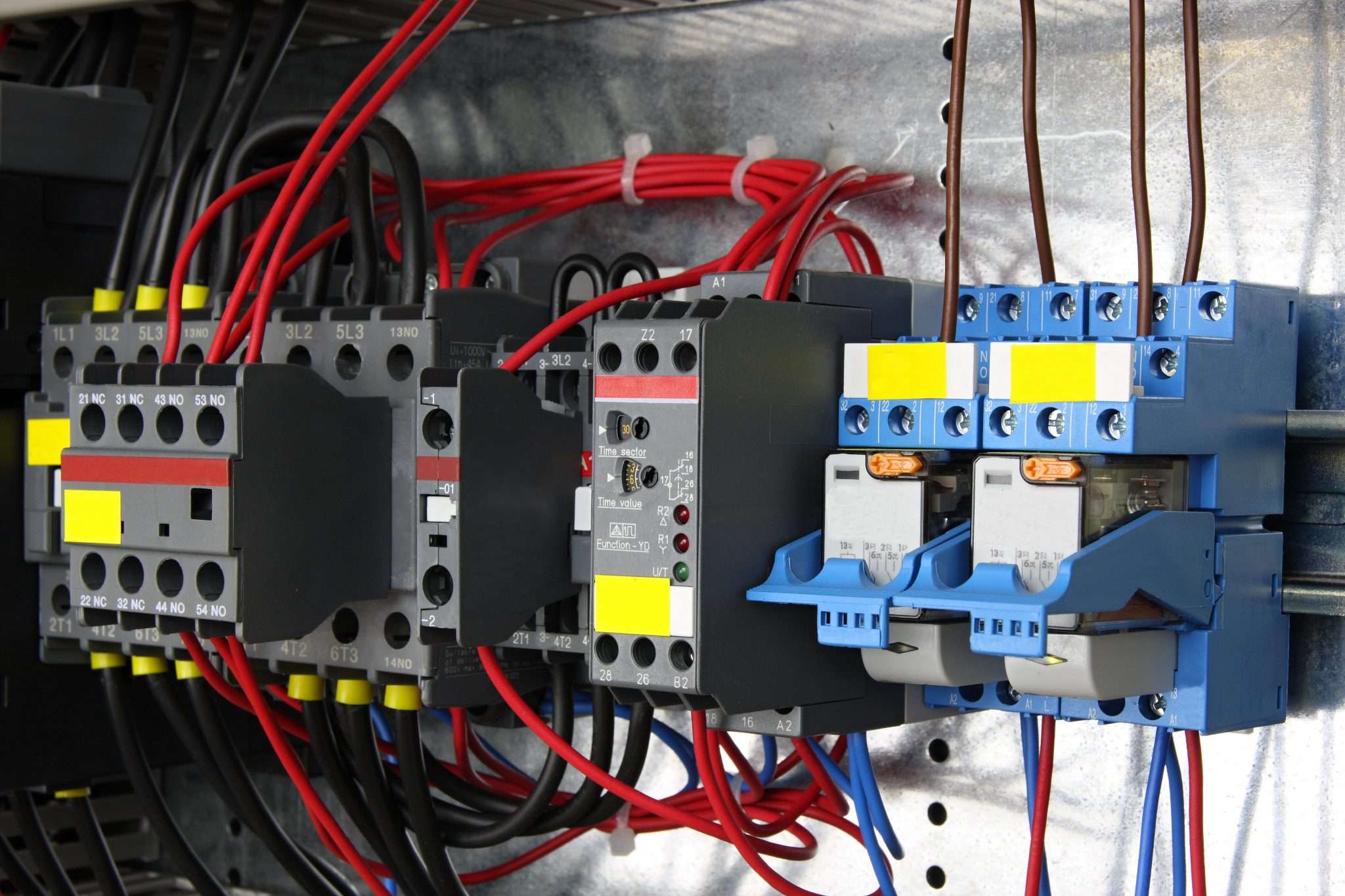Introduction
In electrical stuff and automation, there are things called relays that are super important for controlling and switching electrical stuff. One type that’s really cool is called Solid State Relays (SSRs). They’re popular because they work well, are reliable, and can do many things. This article is all about the basic ideas of SSRs, like what they look like, how they work, why they’re awesome, and where people use them.
What’s a Relay?
Before jumping into Solid State Relays, let’s quickly talk about relays in electrical stuff. A relay is a device that acts like a switch. It lets a tiny signal control a big electrical current. Relays make sure that the small signals and the big power don’t mix up, keeping things safe in different applications.
Birth of Solid State Relays (SSRs)
Solid State Relays (SSRs) are like electronic switch wizards. Instead of moving parts, they use cool electronic stuff to control electricity. Unlike old-school relays with moving bits, SSRs use things like thyristors, triacs, or MOSFETs to switch on and off. This makes SSRs reliable, fast, and good for lots of jobs.
How a Solid State Relay Works
So, how do SSRs do their magic? Well, it’s all about using electronic magic. When a small signal is sent to an SSR, it wakes up the electronic brains inside. These brains then tell a special electronic switch to let the big power flow. It’s like a superhero switch that turns things on and off without any physical touching. Plus, there’s a safety wall to keep the small signal area safe from the big power side.
Inside a Solid State Relay
Picture an SSR like a superhero with different parts:
-
Input Circuit: This part gets a small signal from things like a computer or a sensor. It makes sure the signal is understood.
-
Output Circuit: This is the superhero part that turns the big power on and off using electronic tricks.
-
Isolation Barrier: Like a force field, this keeps the small and big power areas separate, so no bad stuff happens.
-
Control Electronics: The smart brains that understand the small signal and control the superhero switch.
Advantages of Solid State Relays
Now, why are SSRs so cool? Let’s check out their superpowers:
-
Long Life: SSRs don’t have parts that move, so they last longer than old-school relays.
-
Speedy Switching: SSRs can turn things on and off super fast, great for jobs needing quick changes.
-
Quiet Heroes: Because SSRs don’t have moving parts, they work silently without making noise or “clicking” sounds.
-
Safety Shield: The superhero force field (isolation) keeps things safe and avoids electrical problems.
-
Low Power Use: SSRs don’t eat up a lot of power, especially in the control part.
Where SSRs Save the Day
SSRs are like superheroes helping out in different places:
-
Heating and Cooling: They control things like heaters and fans in air conditioners.
-
Factories and Machines: SSRs manage motors, heaters, and valves in industries.
-
Doctor Stuff: SSRs make sure medical machines work right, like incubators and monitors.
-
Yummy Food: In food machines, SSRs handle ovens, fryers, and conveyor belts.
-
Sun Power: SSRs are big in solar panels, turning sunlight into electricity.
-
Traffic Boss: They help with traffic lights and control systems.
-
Office Gadgets: SSRs make sure printers and copiers do their job, handling things like paper and heat.
-
Sound Heroes: In music stuff, SSRs can be used to control speakers and volume.
Conclusion
Solid State Relays (SSRs) are like the rock stars of electrical control. They last long, work fast, and are super reliable. Knowing the basics about SSRs, like how they’re made, how they work, why they’re cool, and where they’re used, is important for engineers, tech people, and anyone into electrical stuff. As tech gets fancier, SSRs will keep being big helpers in making things work well and safely. BCH Electric’s SSRs are like the coolest heroes in switching things, lasting longer and working faster.















